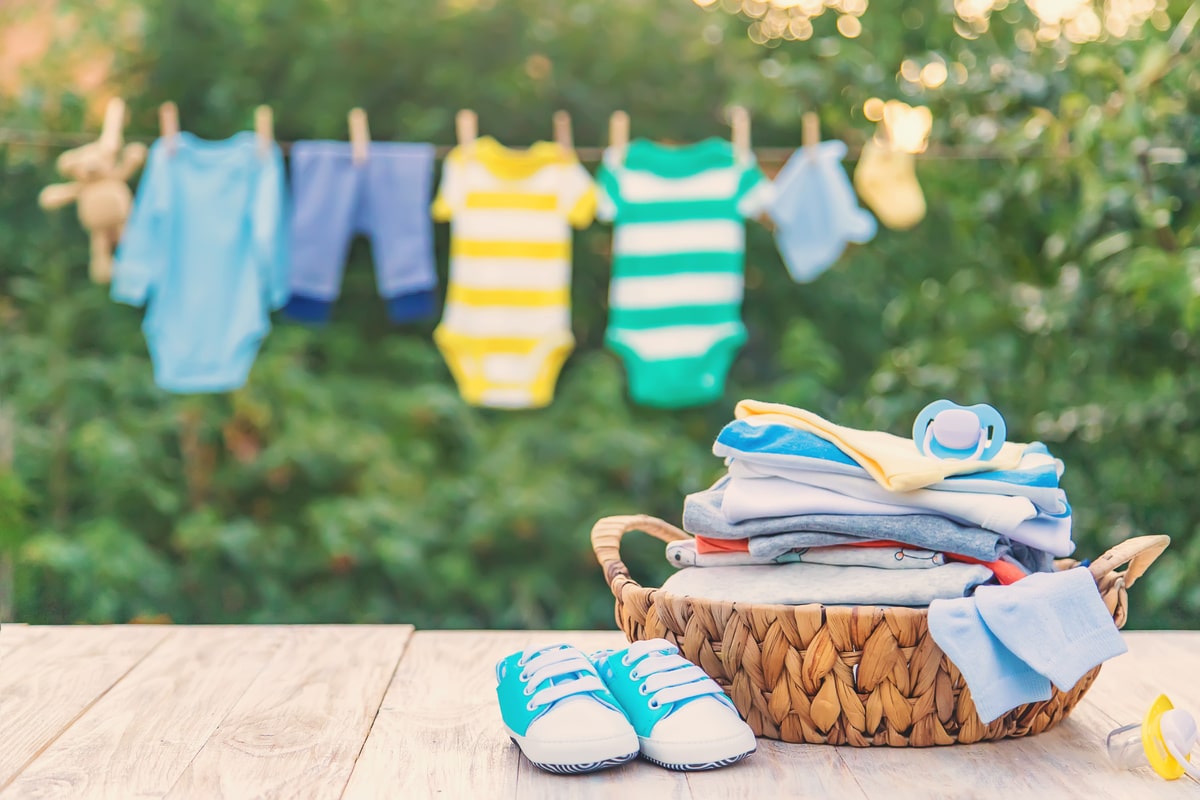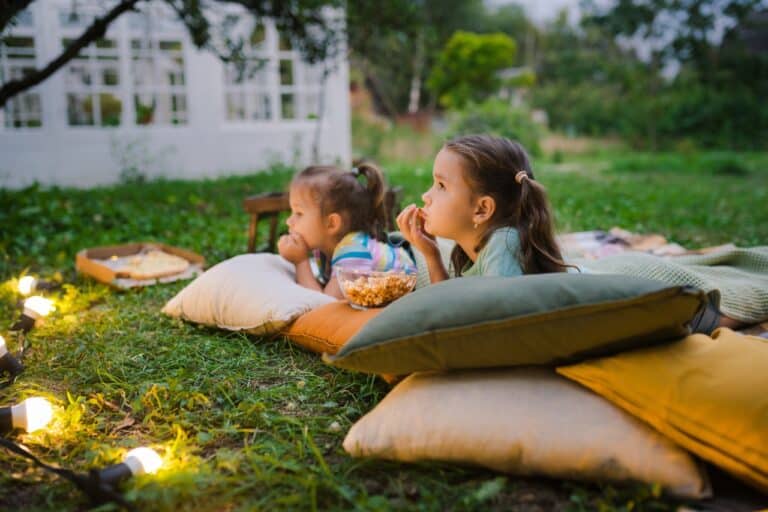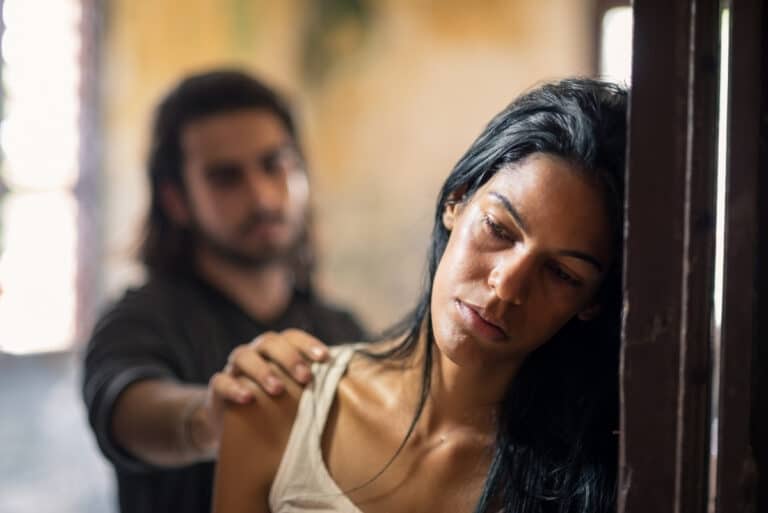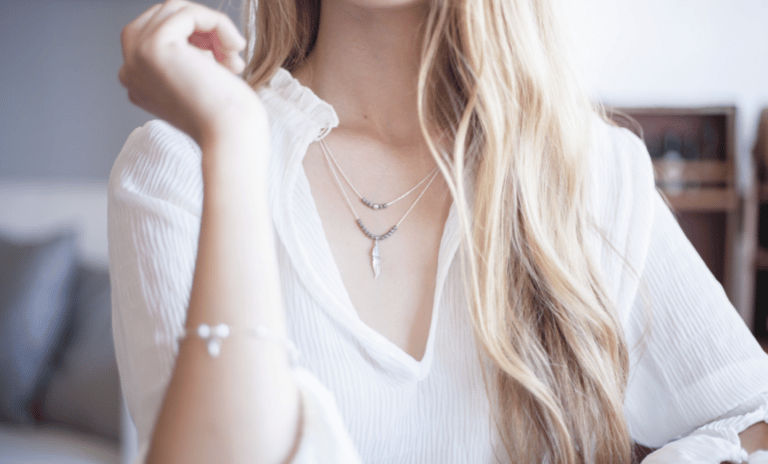Children grow so fast, and all the items they use can quickly pile up if you don’t get rid of them. If your child has outgrown their essentials, you can recycle baby gear, donate or throw it away with the trash. Recycling is the best way to dispose of your baby items that no longer serve their purpose. Doing so reduces waste and protects the environment. You also get to declutter your home and create more space.
If you are new to recycling, you will be pleased to know that you don’t have to check the bottom of the plastic for the number when recycling. Plastics are usually placed in four categories based on types; lids, tubs, bottles, and jugs. If the items are acceptable in your location, you can always toss them into the curbside bin. Read on for more information about how to recycle baby gear.
1. Car Seats
While car seats come with expiration dates, every usable part of a baby car seat is recyclable. For example, plastic, metals, and foam are helpful during construction. To recycle your child’s car seat, check out directories like Recycle Your Car Seat for recycling locations to drop off the chair. Since some facilities may not offer the service due to regulations, it is advisable to inquire before taking the baby seat there.
If you don’t find a convenient recycling point for your car seat, you can detach the recyclable parts and recycle them separately. You can take the fabrics to reuse facilities or for use as compost. For car seats that meet safety requirements and are yet to expire, you can donate them to charity. Unfortunately, there are no recycling solutions for strollers.
2. Toys
You can take your kid’s toys to a charity or playgroup if they are still in good condition. For worn-out toys, it may be possible to recycle them. Since most councils do not accept toys as part of the house recycling scheme, you may have to take them to a recycling center. In the case of electronic toys, toss them with other electronics like TVs, toasters, and broken hairdryers. You can take them out together during your neighborhood’s electronic recycling day for pick up.
3. Stuffed Animals
Donating stuffed animals to kids or local women’s shelters can be impossible due to germs. However, pet shelters are more likely to accept stuffed animals, although some have safety guidelines to protect pets from harmful materials.
Check with your local shelter if they have restrictions, such as not taking stuffed animals with beaded eyes. However, you can’t recycle most stuffed animals, which usually end up in landfills. Always ensure the stuffed animals are squeaky clean before donating.
4. Batteries
Suppose you have a pack of batteries that are no longer in use, don’t dump them with other trash. Batteries end up in landfills, and when the casings corrode, they produce chemicals that contaminate the soil and water sources. Instead, dispose of the batteries at one of the 30,000 drop-off locations on call2recycle.org that accept old, damaged, and reachable batteries.
5. Small Baby Items
Small baby items, ranging from baby bottles and jars to sippy cups and wipe dispensers, are easy to recycle. You can put them in the curbside bin without worrying about them. Be sure to check that the items consisting of glass, such as baby jars, rigid plastics like diaper pails and baby bathtubs, and metal lids, are acceptable by your council before recycling them.
- Baby bottles
- Wipe dispenser
- Breast milk bags
- Plastic baby utensils like plates and bowls
- Sippy cups
- Baby food jars
- Baby bathtubs
- Diaper pails
You may not donate pacifiers and bottle nipples, but you cannot recycle them as they are too small. As such, they have to end up with garbage. Also, while most localities do not recycle food pouches, TerraCycle and Ellas’s Kitchen recycle any brand of food pouches.
6. Mattress
Every year, around 18 million mattresses in the US end up in the incinerator or a landfill. However, according to the Mattress Recycling Council, about 80% of these mattresses are recyclable. You can always give away a baby mattress, provided it is in good condition, or make money from it by selling it.
If the mattress has suffered too many accidents to be donated, you can contact your waste management department and arrange a bulky-item pickup. Alternatively, you can call a trash removal company to get rid of the old crib mattress responsibly and take it to a recycling center.
7. Breast Pumps
Manual breast pumps can go into your curbside recycling, including the tubing, breast shields, and pump. If you use a Medela breast pump, a popular choice for mothers, you can take advantage of their recycling program to recycle the motor and cord.
8. Books
Generally, when you recycle baby gear in your curbside bin, you shouldn’t toss in your baby’s torn or damaged books without inquiring first. While some places have laws restricting books, others recycle paperback and hardcover books. However, you can often recycle paperback books alongside other paper waste through curbside paper recycling programs.
Hardcover books, on the other hand, may require you to separate pages from the binding before recycling. Note that recycling facilities only recycle the paper within the covers. You can also look for paper recycling points if you are unsure about curbside recycling for your baby’s books. You can donate or even sell books in good condition that your child no longer needs.
9. Baby’s Crib
Your baby cannot use the crib forever. If the crib is in good condition, you can donate it to a local shelter or hand it to family or friends who might need it. However, ensure it is in good condition and that the manufacturers haven’t recalled the model before passing it on.
Since cribs don’t expire and can last for years with proper care, you can also opt to repurpose them. You can turn it into a patio couch or a kid’s desk if you feel artsy and trust your DIY skills. It can also serve as an indoor holder of art and crafts supplies.
10. Clothes and Shoes
When your kid’s clothes are torn or stained, you can always drop them at Goodwill stores in a bag with a “scrap” label. The clothes will end up at recycling facilities and create products like insulation. You can also donate gently used shoes to those who need them by mailing them to Zappos for Good. Depending on your location and regulations, curbside recycling may be possible for clothes.
Undoubtedly, kids have lots of items, from toys and clothing to things like food pouches and strollers. Hopefully, this information will help you to recycle baby gear and contribute to environmental sustainability.











